I resisted getting a Q-Chord when it first came out due to the price. After seeing a colleague use the Q-Chord during a session, I realized there were several features that would be quite helpful when working with many of my clients. This is what a Q-chord looks like:
The Q-Chord has a great sound and it's very easy to play. To play a song, you press the appropriate chord button and then strum a finger across the metal plate. These tasks can be shared - one person can press the chords while the other strums or visa versa. The Q-Chord has a variety of different voices and accompaniments and is tons of fun to explore.
I use the Q-Chord to stimulate interaction, increase coordination, stimulate gross and fine motor skills and increase self expression.
To find out more about the Q-Chord, go to this website:
http://www.suzukimusic.com/education/qchord/

.jpg)
.jpg)



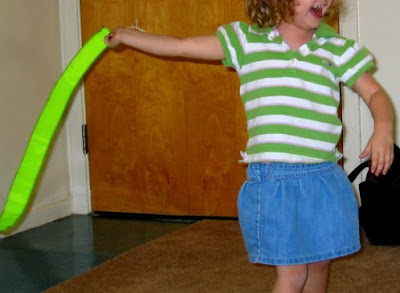.jpg)
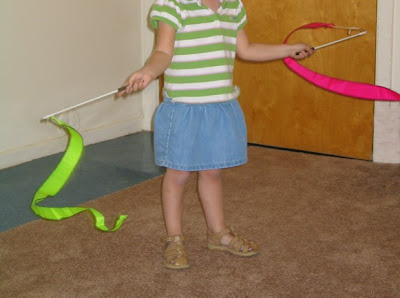.jpg)
.jpg)
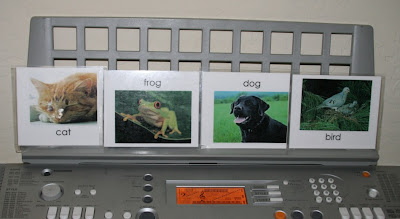.jpg)
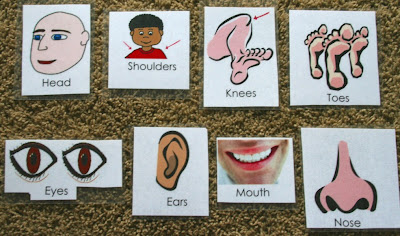.jpg)
.jpg)
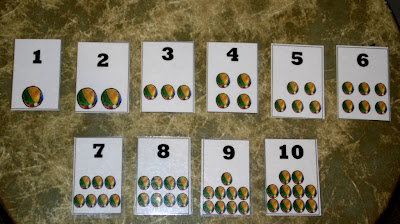.jpg)
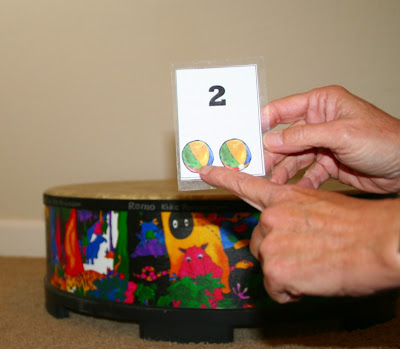.jpg)
.jpg)